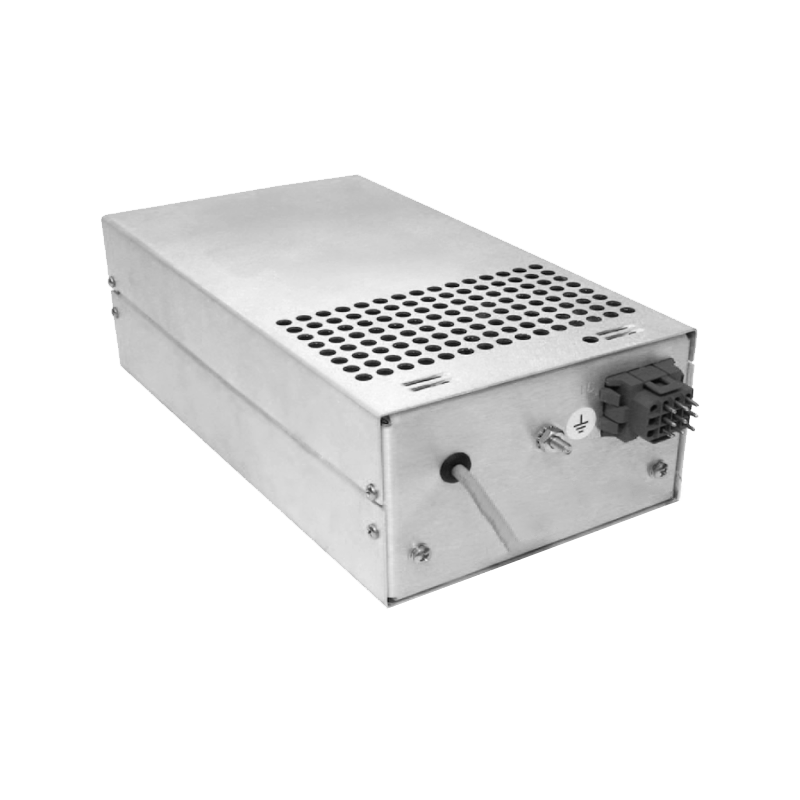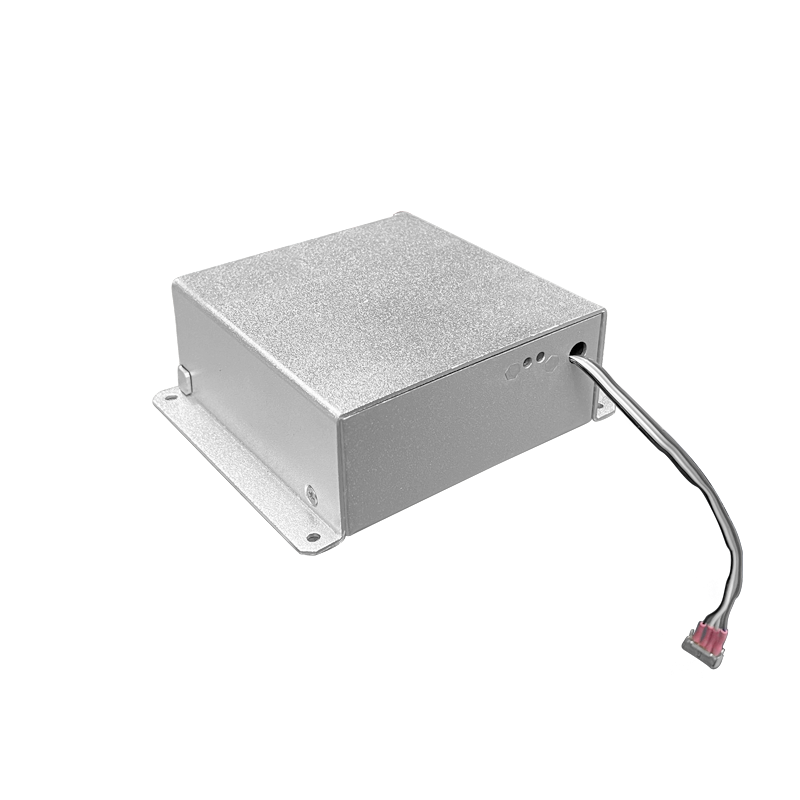Research on the Performance of High-Voltage Generators in Photoelectric Detection
In modern photoelectric detection technology, high-voltage generators serve as core components for amplifying weak optical signals and enabling precise detection. They are widely used in fields such as astronomical observation, particle physics experiments, and biomedical imaging. The output performance of these generators directly determines the sensitivity, response speed, and signal-to-noise ratio of photodetectors, making in-depth research on their performance essential.
1. Core Applications of High-Voltage Generators in Photoelectric Detection
(1) Driving Photo-Multiplier Tubes (PMTs)
Photo-multiplier tubes are the mainstay of traditional photoelectric detection, requiring a stable kilovolt-level bias voltage provided by high-voltage generators. In astronomical observations, to capture faint photons from distant galaxies, high-voltage generators must output 1500-2000V to enable PMTs to achieve signal gains exceeding one million times. At this time, voltage stability is crucial, and the ripple needs to be controlled at the millivolt level. Otherwise, significant background noise will be introduced, reducing the detection signal-to-noise ratio.
(2) Powering Silicon Photo-Multipliers (SiPMs) and APDs
With the development of semiconductor technology, SiPMs and avalanche photodiodes (APDs) have gained popularity due to their high quantum efficiency and low power consumption. These devices operate in Geiger mode or linear avalanche mode and require high-voltage generators to provide biases close to or exceeding their breakdown voltages. For example, in PET imaging systems, the operating voltage of SiPMs needs to be precisely controlled 5-10V above the breakdown voltage, with a voltage accuracy requirement of ±0.1V to ensure consistent gain and temporal resolution of the devices.
(3) Powering Gas Detectors
In particle physics experiments, gas detectors (such as multi-wire proportional chambers and time projection chambers) rely on high-voltage generators to establish the strong electric fields required for gas ionization. Different types of gas detectors have varying requirements for high-voltage characteristics: proportional counters require stable DC high voltage (around 1000V), while self-quenching streamer counters require high-voltage generators with fast pulse response capabilities to accurately capture nanosecond-level time signals.
2. Key Performance Indicators of High-Voltage Generators
(1) Voltage Stability and Ripple
Voltage stability directly affects the consistency of detector gain. For high-precision detection systems, the long-term drift of high-voltage generators needs to be less than 0.01%/h, and the short-term ripple should be controlled within 0.001% of the output voltage. Traditional linear power supplies have low ripple but an efficiency of less than 40%; while switching power supplies can achieve an efficiency of up to 90%, they require multi-stage filtering and feedback control to suppress high-frequency ripple.
(2) Dynamic Response Characteristics
In the detection of rapidly changing optical signals, high-voltage generators need to have a response speed in the nanosecond range. For example, in lidar systems, when the intensity of the echo signal changes instantaneously, the high-voltage generator must complete voltage adjustment within 10ns to maintain the optimal operating state of the detector. This requires the power supply topology to adopt high-frequency switching technology and optimize the bandwidth and phase margin of the control loop.
(3) Electromagnetic Compatibility (EMC)
Electromagnetic interference generated by high-voltage generators may couple into the detector signal chain, causing false triggering or baseline drift. During the design process, shielding packaging, common-mode rejection circuits, and soft-switching modulation techniques should be used to control the electromagnetic radiation intensity within the limits specified by the EN 55011 standard, ensuring reliable system operation.
3. Technical Challenges and Optimization Directions
(1) The Contradiction between Efficiency and Heat Dissipation
To meet the requirements of portable photoelectric detection equipment, high-voltage generators need to increase power density while reducing power consumption. Currently, the use of wide-bandgap semiconductor devices such as gallium nitride (GaN) can increase the switching frequency to the MHz level, improving power supply efficiency; combined with micro-channel liquid cooling or phase-change heat dissipation technology, the heat dissipation problems caused by high-frequency operation can be solved.
(2) Multi-Channel Coordinated Control
In array-based photoelectric detection systems, multiple detector units require independent power supplies, and the voltage deviation between channels should be less than ±0.5%. A distributed power supply architecture combined with digital PID control algorithms can achieve high-precision multi-channel synchronous adjustment, and dynamic parameter optimization can be realized through field-programmable gate arrays (FPGAs).
(3) Adaptability to Extreme Environments
In scenarios such as deep space exploration and ultra-low-temperature experiments, high-voltage generators need to withstand temperature ranges from -196°C to 200°C and strong radiation environments. Developing radiation-resistant insulating materials (such as polyimide composites) and optimizing circuit layouts to enhance radiation resistance are key to expanding the application boundaries.




















